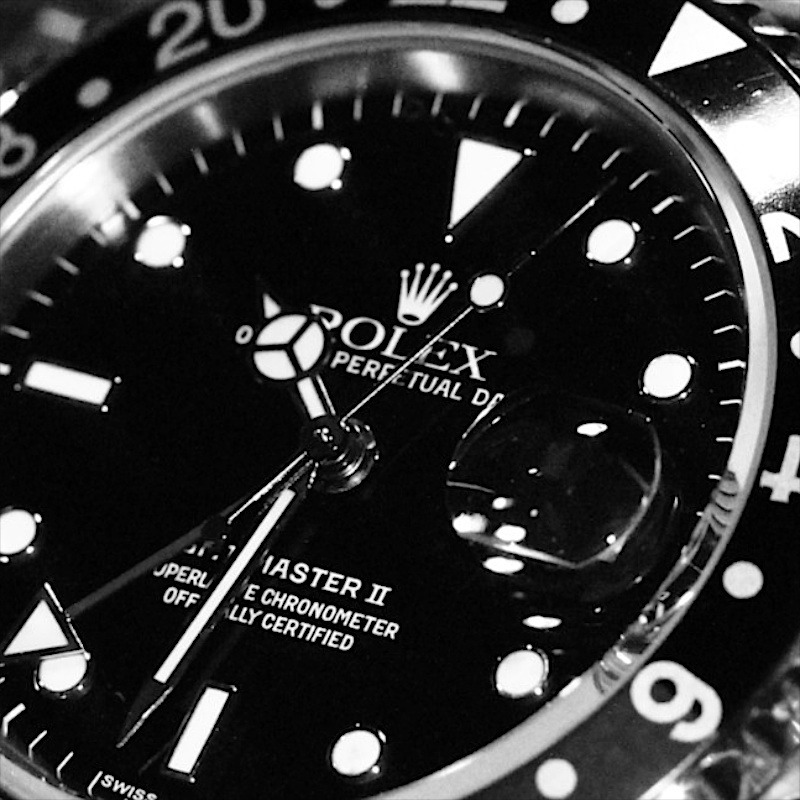Lab-grown diamonds have taken the jewelry world by storm, offering an ethical, affordable, and environmentally friendly alternative to mined diamonds. Among the crucial factors to consider when selecting a lab diamond are the 4Cs: Carat, Cut, Clarity, and Color. Understanding these aspects is essential to ensure you get the perfect stone for your needs.
Table of Contents
1. Introduction
What are lab diamonds?
Lab diamonds, also known as synthetic or cultured diamonds, are created in controlled environments that mimic the natural conditions under which diamonds form in the Earth’s crust. They have the same physical, chemical, and optical properties as mined diamonds but are grown in a matter of weeks rather than taking millions of years to develop.
Importance of 4Cs
The 4Cs—Carat, Cut, Clarity, and Color—are universal measures used to evaluate the quality and value of diamonds, both natural and 4Cs lab diamonds. These factors determine a diamond’s appearance, brilliance, and overall beauty, making them essential considerations when choosing the perfect stone.
2. Understanding the 4Cs
Carat
Carat refers to the weight of a diamond and is often misconceived as a measurement of size. While carat does influence size to some extent, it primarily indicates the diamond’s mass. Larger carat weights typically result in bigger stones, but other factors such as cut and shape also impact perceived size.
Cut
The cut of a diamond determines its brilliance, fire, and sparkle. A well-cut diamond reflects light internally, maximizing its brightness and creating mesmerizing patterns. The cut is graded based on proportions, symmetry, and polish, with excellent cuts exhibiting the most stunning visual effects.
Clarity
Clarity assesses the presence of imperfections, or inclusions, within a diamond. These natural features formed during the diamond’s crystallization process and are unique to each stone. Clarity grades range from Flawless (no inclusions visible under 10x magnification) to Included (inclusions visible to the naked eye).
Color
Diamond color refers to the presence of yellow or brown tints in the stone. The most valuable diamonds exhibit no color at all, appearing completely colorless. The Gemological Institute of America (GIA) grades diamond color on a scale from D (colorless) to Z (light yellow or brown), with each grade representing a slight variation in hue.
3. Advantages of 4Cs lab diamonds
Affordability
One of the most significant advantages of lab-grown diamonds is their affordability compared to natural diamonds of similar quality. Since lab diamonds are created in controlled environments, production costs are lower, resulting in more accessible prices for consumers without compromising quality.
Ethical sourcing
Lab-grown diamonds are ethically sourced, eliminating the environmental and social concerns associated with traditional diamond mining. By opting for a lab diamond, you can be confident that your purchase supports sustainable practices and avoids the exploitation often associated with diamond mining.
Quality assurance
Lab diamonds undergo rigorous quality control measures to ensure they meet the highest standards of purity, clarity, and brilliance. With advanced technology and strict manufacturing processes, lab-grown diamonds offer consistent quality and performance, providing peace of mind to consumers.
4. How to Choose 4Cs Lab Diamonds
Setting priorities
When choosing a lab diamond, consider your priorities regarding the 4Cs. Determine which factors are most important to you—whether it’s maximizing carat weight, prioritizing brilliance through cut quality, or seeking a flawless clarity grade. Understanding your preferences will help you narrow down your options and find the perfect stone.
Budget considerations
While lab diamonds offer excellent value compared to natural diamonds, it’s essential to establish a budget before beginning your search. Consider how much you’re willing to spend and prioritize accordingly. Remember that the 4Cs influence the price of a diamond, so finding the right balance between quality and budget is key.
5. Myths about Lab Diamonds
Fake diamonds
One common misconception about lab made diamonds is that they’re fake or inferior to natural diamonds. In reality, lab diamonds possess the same physical and chemical properties as mined diamonds, making them genuine and indistinguishable to the naked eye.
Quality concerns
Another myth surrounding lab diamonds is that they lack quality or durability compared to natural diamonds. However, lab-grown diamonds undergo the same rigorous testing and certification processes as mined diamonds, ensuring they meet the highest standards of quality and performance.
6. Conclusion
In conclusion, 4Cs lab diamonds offer a compelling alternative to traditional mined diamonds, combining affordability, ethical sourcing, and exceptional quality. By understanding the significance of the 4Cs—Carat, Cut, Clarity, and Color—and considering your preferences and budget, you can confidently select the perfect lab-grown diamond for your jewelry needs.




